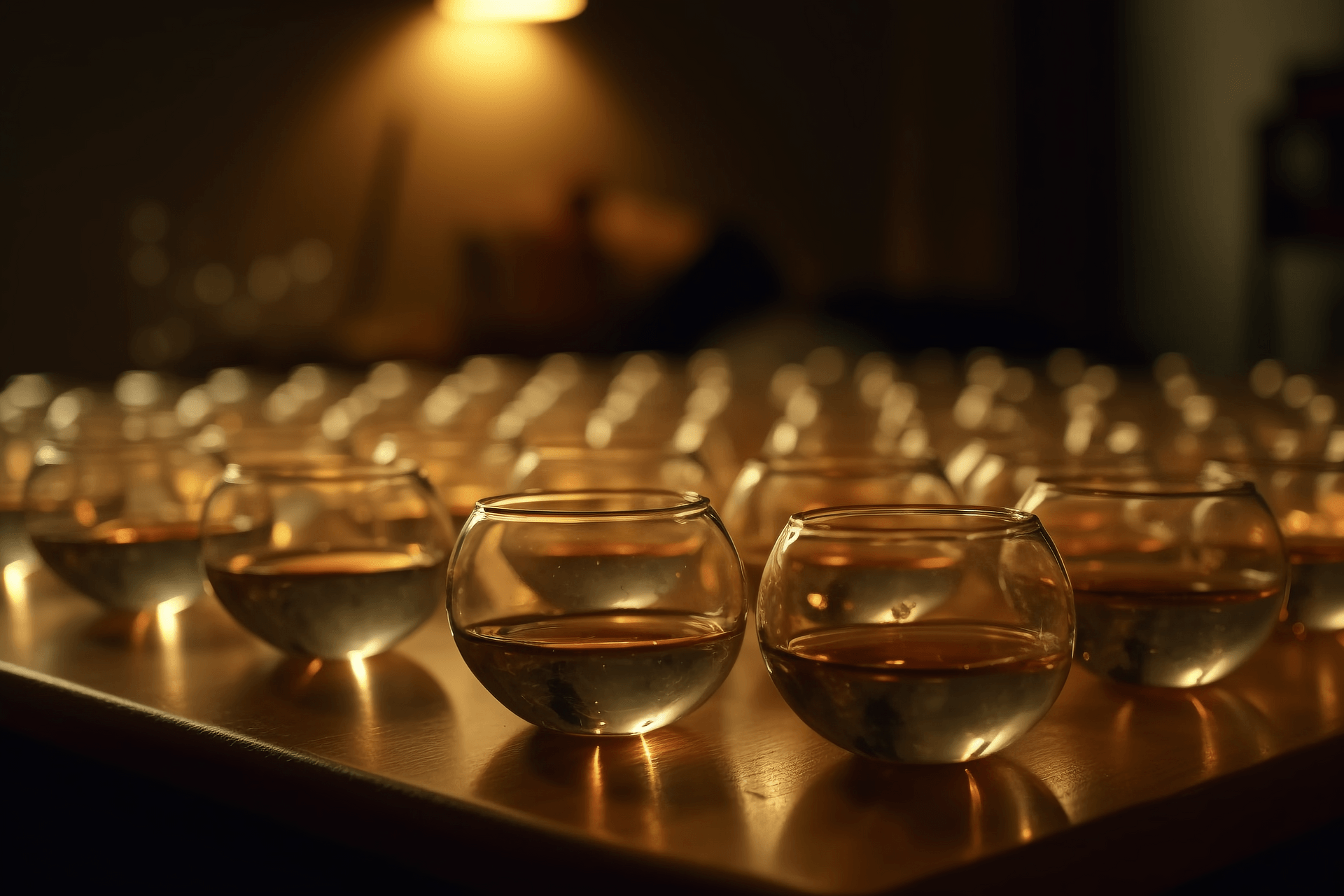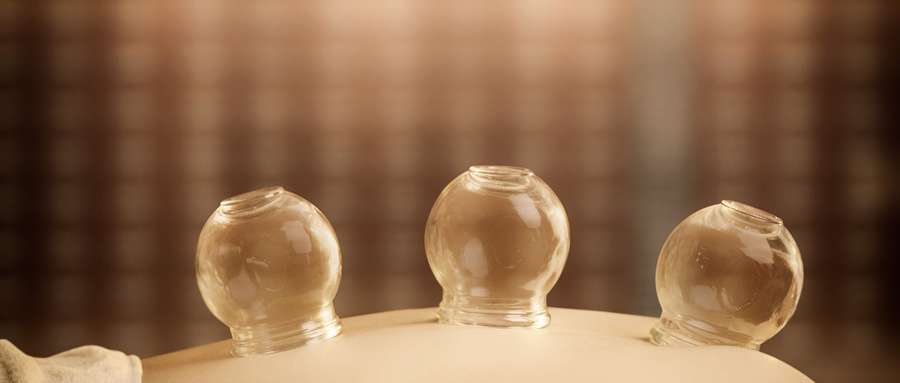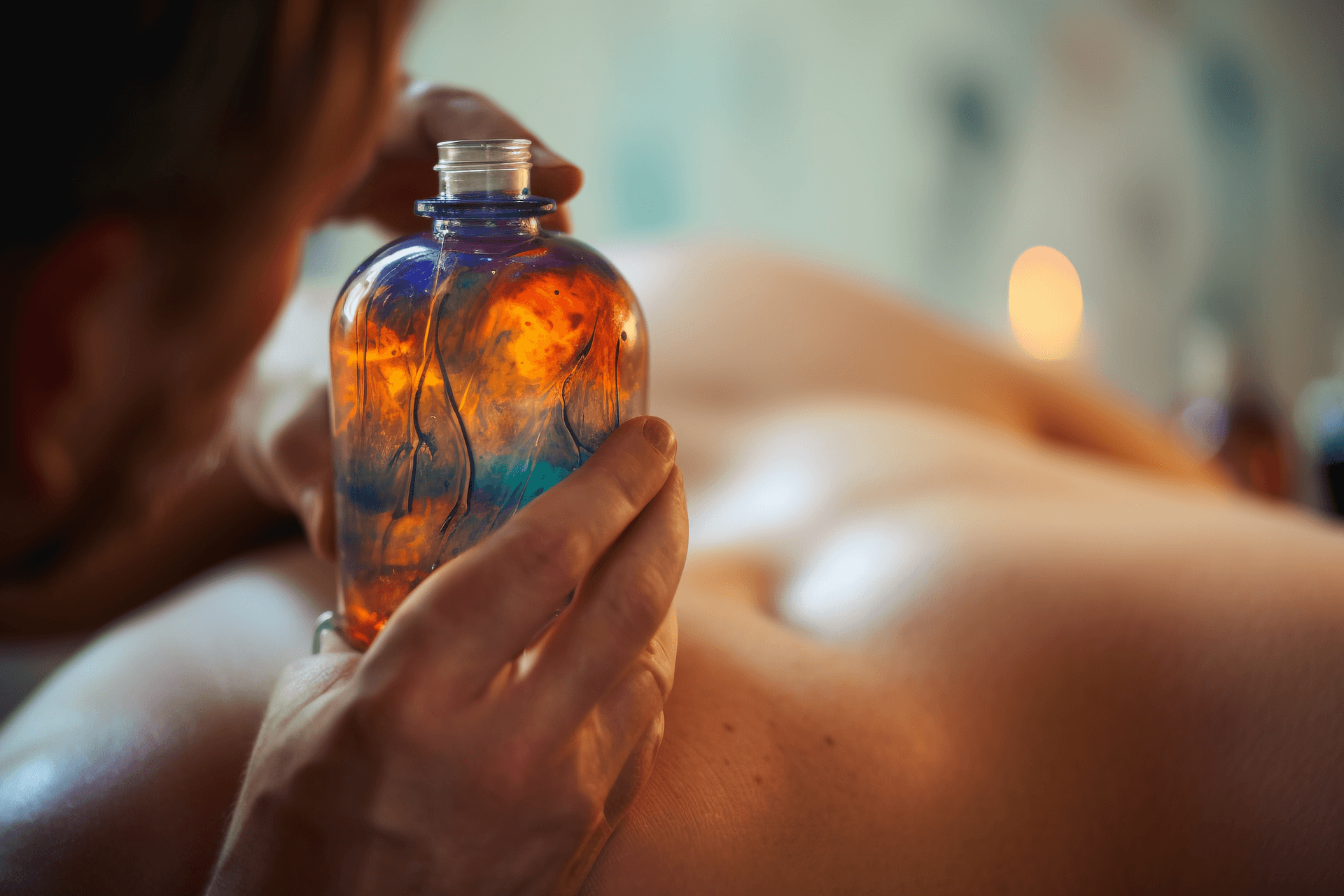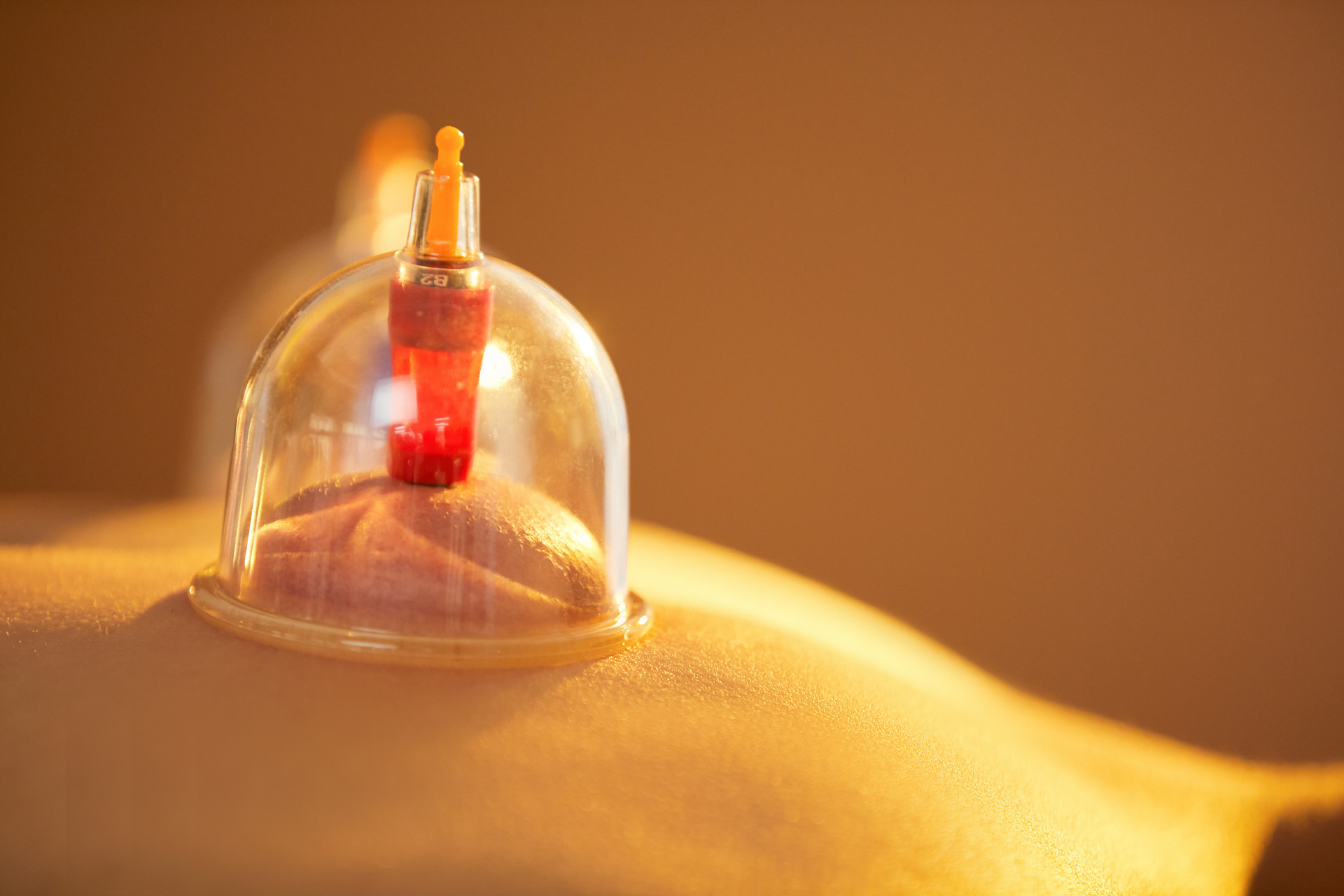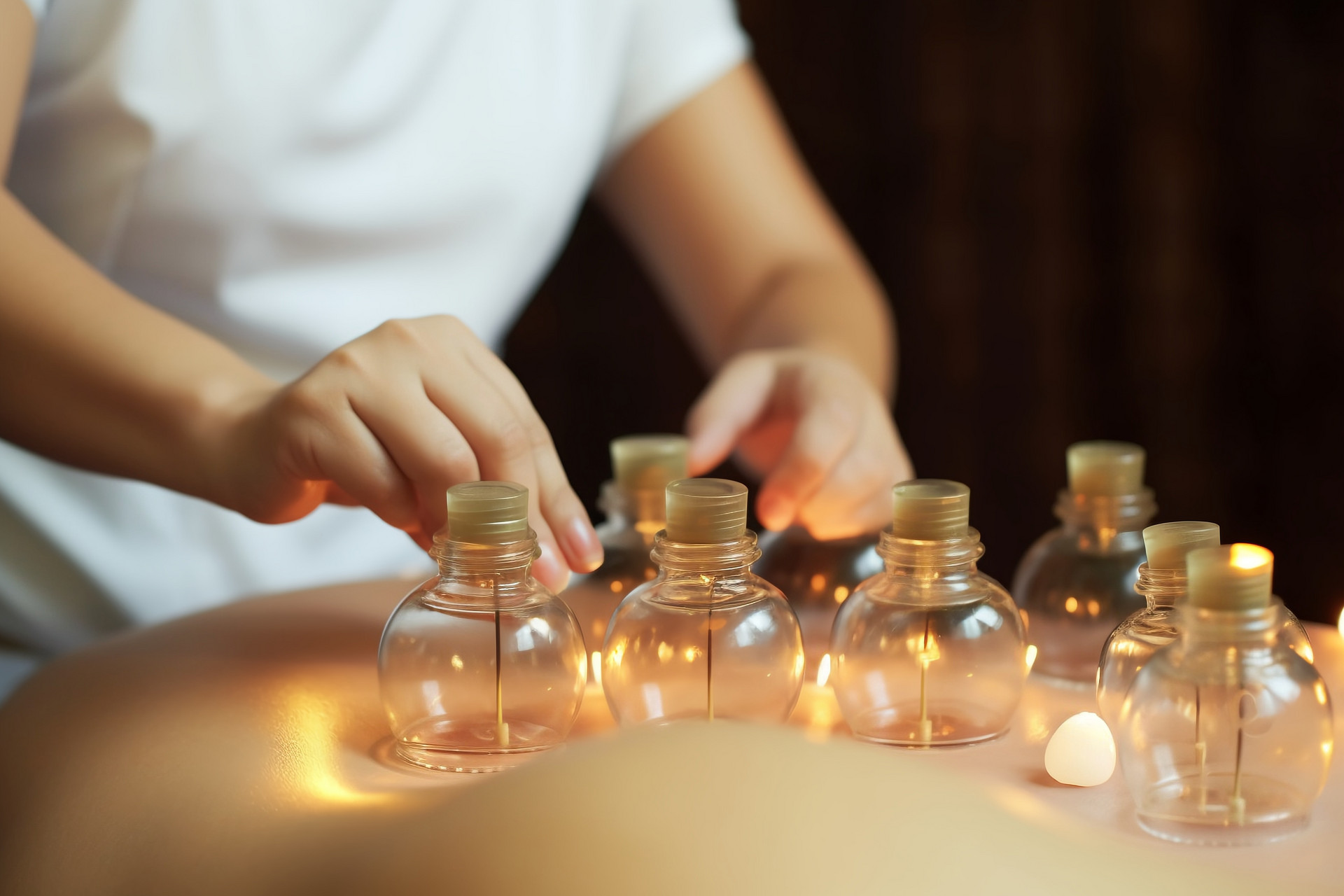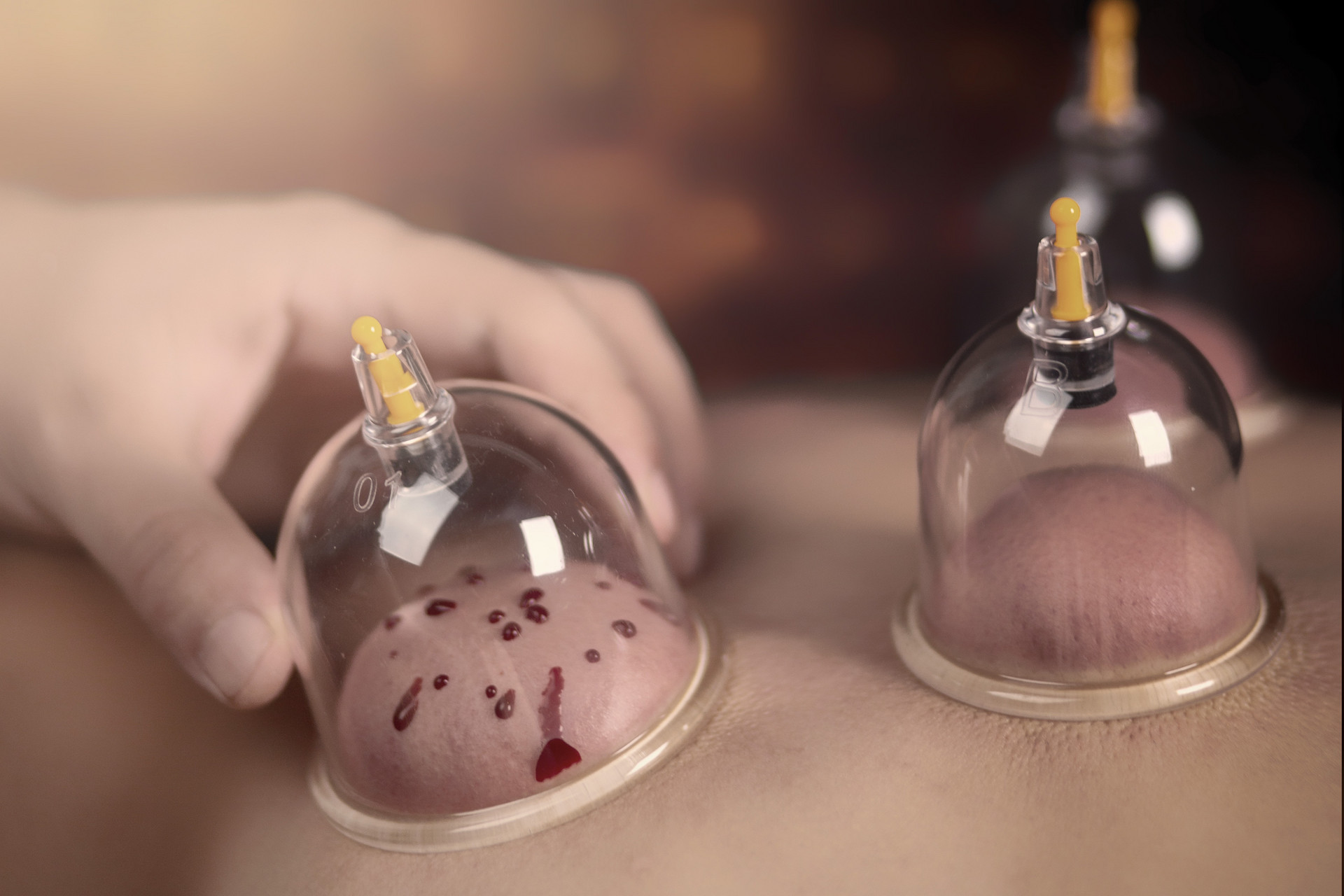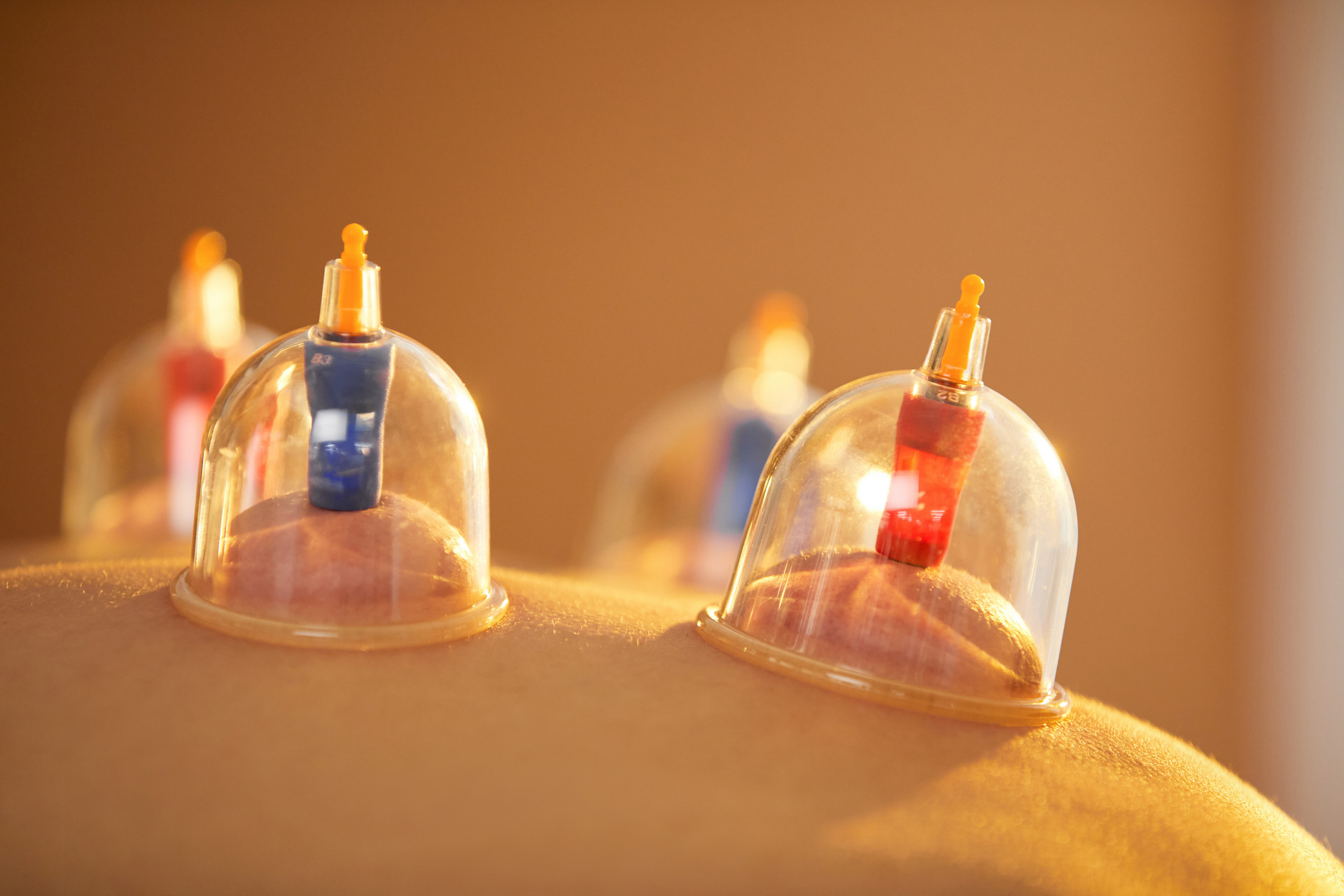① When cupping, choose an appropriate position and a muscular area. Improper body position, movement, and areas with uneven bones or excessive hair are not suitable for cupping.
② Choose a cup size that is appropriate for the area being cupped. The cupping process must be quick in order to create a tight seal and strong suction.
③ When using fire cupping, be careful not to burn or scald the skin. If the skin is scalded or blisters form due to leaving the cups on for too long, small blisters do not require treatment, just apply disinfectant gauze to prevent them from breaking. For larger blisters, use a sterilized needle to drain the fluid and apply gentian violet solution or use a disinfectant gauze wrap to prevent infection.
④ Cupping should not be done on areas with allergies, ulcers, edema, or areas with major blood vessels. Cupping is also not recommended for individuals with high fever seizures or on the abdominal and lumbosacral regions of pregnant women.


